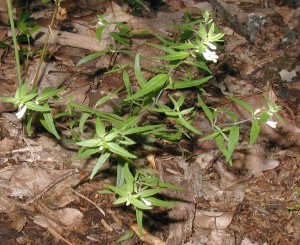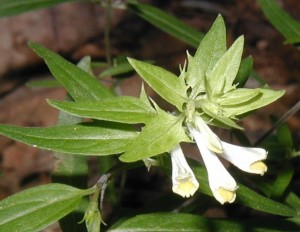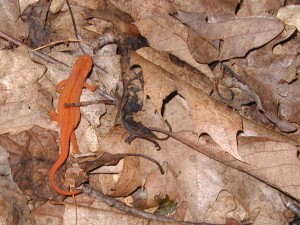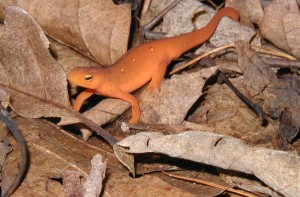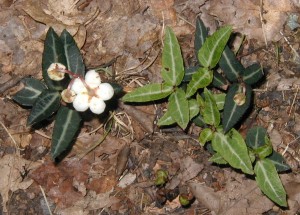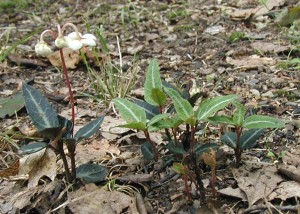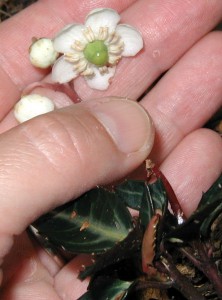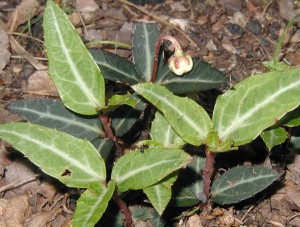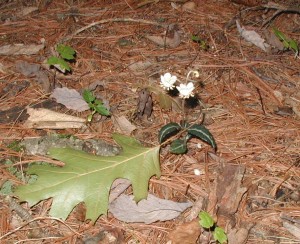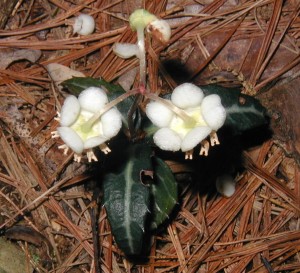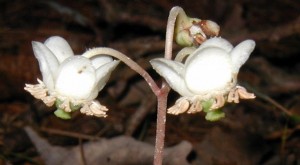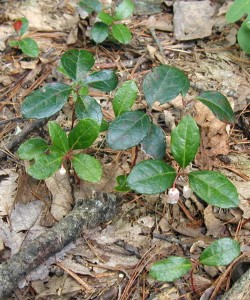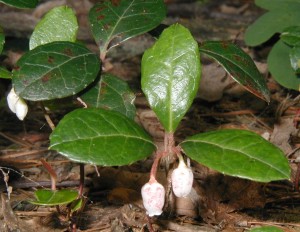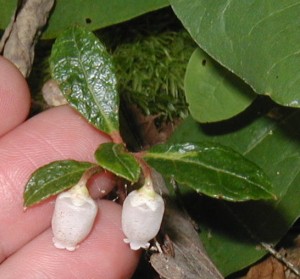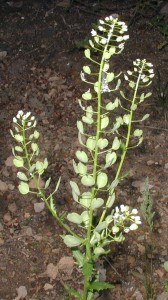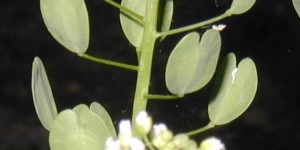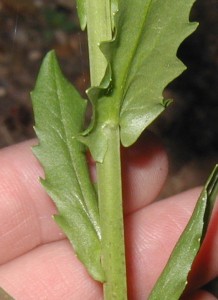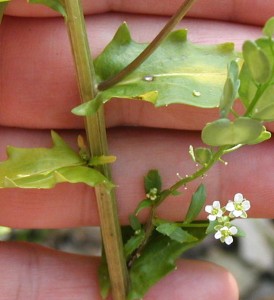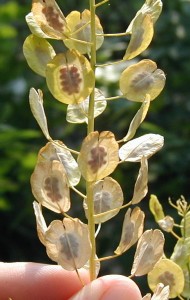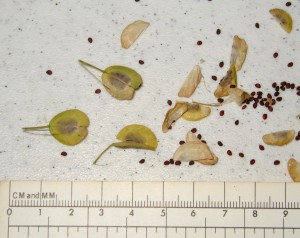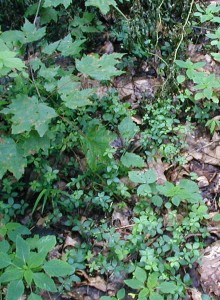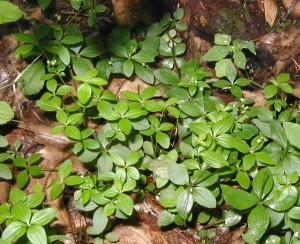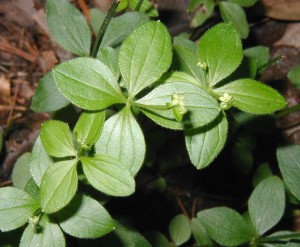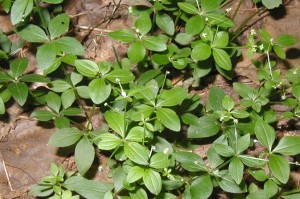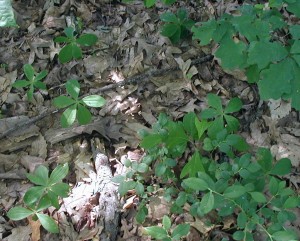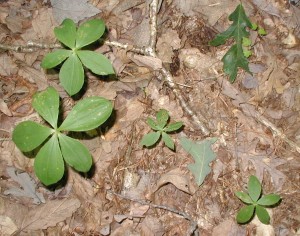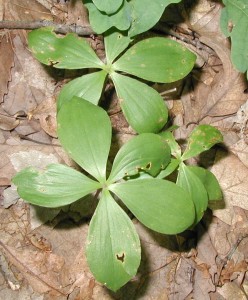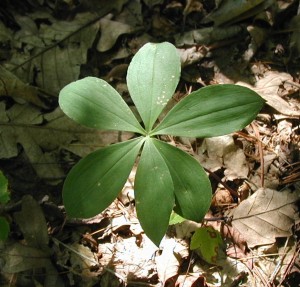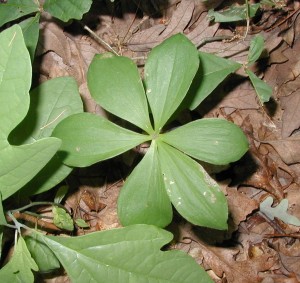We went over to a friend’s farm to pick red raspberries. The day was predicted to be a scorcher, so we arrived in mid-morning. By then the heat was on and the dew was off the brambles. Even though we knew we’d be sweating we wore boots, jeans and hats for protection from thorns and poison ivy.
Without clompers a lot of berries would only be bird or bear food as the canes really do form “impenetrable thickets”.
It turns out the kind of berries we were picking are called Wine Raspberries or Wineberries, Rubus phoenicolasius, an alien species originally from Asia. It was introduced in America for use in breeding raspberries and subsequently escaped cultivation. Wineberry has adapted so well here that it’s considered an invasive weed in Connecticut and Massachusetts.
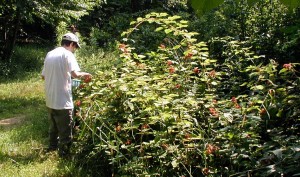
The hillsides in Pennsylvania where we were picking berries also had blackberries and blackcap raspberries, but there were more canes of the wineberries. The blackcaps were just finishing their fruiting and a single big berry was ripe enough to pick from each blackberry cluster.
The wineberry clusters were moving into the middle of their fruiting season. Canes in less sunny spots help to spread out the harvest as their berries ripen a little later.
Most clusters had that first berry already picked off and the ones getting the most sun were ready to fall off the vine, so to speak. We held our containers underneath a cluster with one hand while gently encouraging the bright red berries to drop into it with the other.
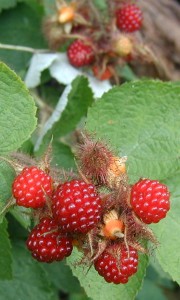
Wineberry plants are a little different from the cultivated red raspberry. The most noticeable difference is the great amount of purple-red hairs and thorns on the wineberry canes and fruit clusters. It’s not surprising to see these projections on the canes, but it was unexpected to see such bristly capsules from which the fruit appears.
Fruits are enclosed by a calyx that is covered in fine reddish hairs that exude a sticky liquid. When the berry is nearing ripeness, the calyx opens to reveal a pale yellow fruit that changes color to bright red, and when fully ripe and most flavorful, to a burgundy or wine color.
When a berry is plucked from the cluster an orange cone is left behind. The cone left behind a blackcap raspberry is cream-colored.
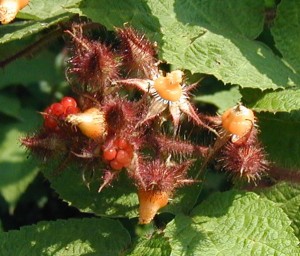
Leaves are in threes with one being larger than the other two. They are fatter leaves, or broader than, the leaves of a blackcap raspberry or blackberry shrub. The underside of the leaves appears white.
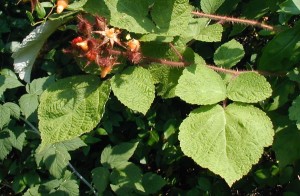
Although wineberry is an introduced plant, it’s here to stay so why not benefit from it? We sure did as we picked as many as we could reach and ate a lot of them along the way. Instead of bringing home a cane or two to plant on our ridge top, we’ll leave them where they are and go back to pick more next year.
